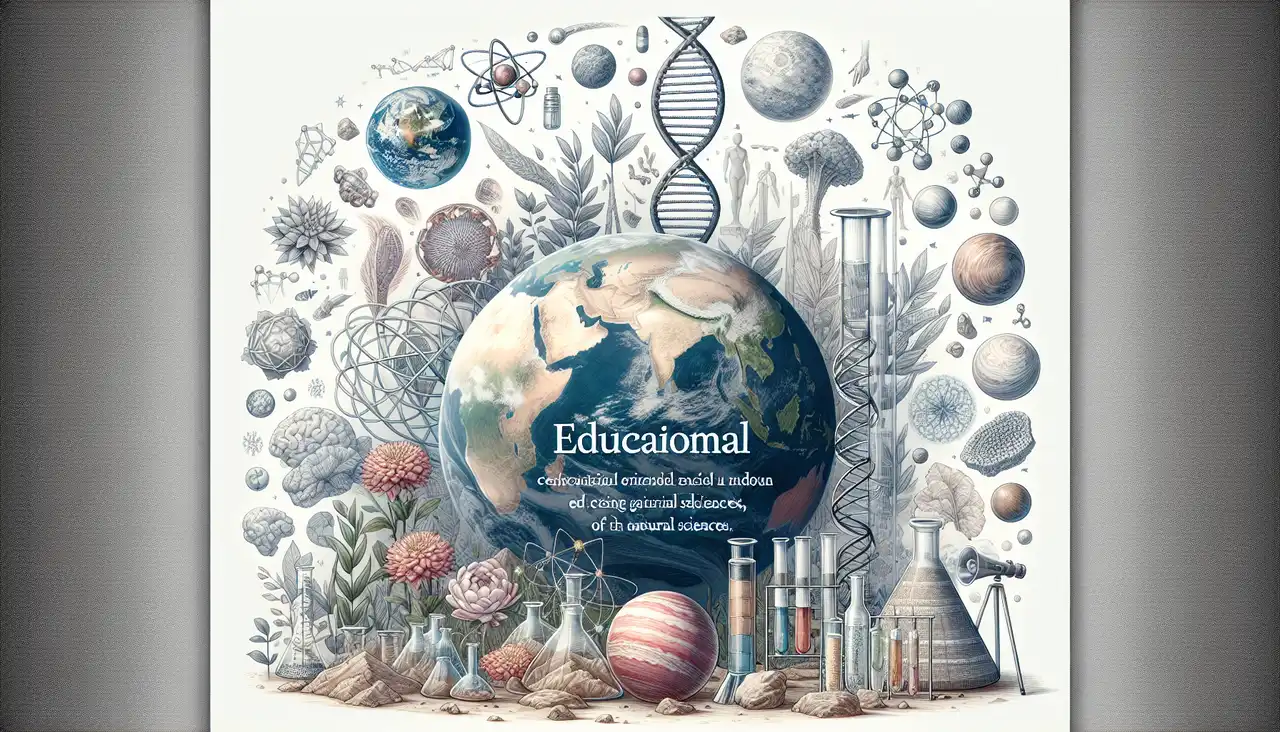

Rick Essner
Dr. Rick Essner is a distinguished Professor in the Department of Biological Sciences at Southern Illinois University Edwardsville (SIUE). With a Ph.D. from Ohio University, awarded in 2003, Dr. Essner has established himself as a leading expert in the fields of biomechanics, vertebrate functional morphology, and conservation biology. His academic journey and research endeavors have been driven by a profound interest in the evolution of locomotor novelty and the intricate relationship between form and function in animal movement. Dr. Essner's research is characterized by a multidisciplinary approach, integrating traditional tools of functional morphology with advanced techniques from behavioral, ecological, and physiological research. This comprehensive methodology allows him to explore the complexities of animal locomotion, providing insights into the causal links across various levels of analysis. His work is particularly focused on examining the locomotion of frogs, investigating both ancestral and derived morphological and behavioral traits to understand their evolutionary significance. In addition to his work on frogs, Dr. Essner is actively involved in habitat modeling in vertebrates, contributing to the broader field of wildlife ecology. His research not only enhances our understanding of vertebrate functional and ecological morphology but also informs conservation strategies, emphasizing the importance of preserving biodiversity and ecological balance. Dr. Essner is deeply committed to education and mentorship, welcoming students who are passionate about functional and ecological morphology, wildlife ecology, or conservation biology. He encourages students to engage in research, offering them opportunities to explore these dynamic fields under his guidance. His dedication to fostering the next generation of scientists is evident in his willingness to support and collaborate with students in their academic and research pursuits. Throughout his career, Dr. Essner has contributed significantly to the scientific community, publishing numerous articles and presenting his findings at conferences. His work continues to inspire and influence researchers and students alike, highlighting the vital role of interdisciplinary research in understanding the natural world.